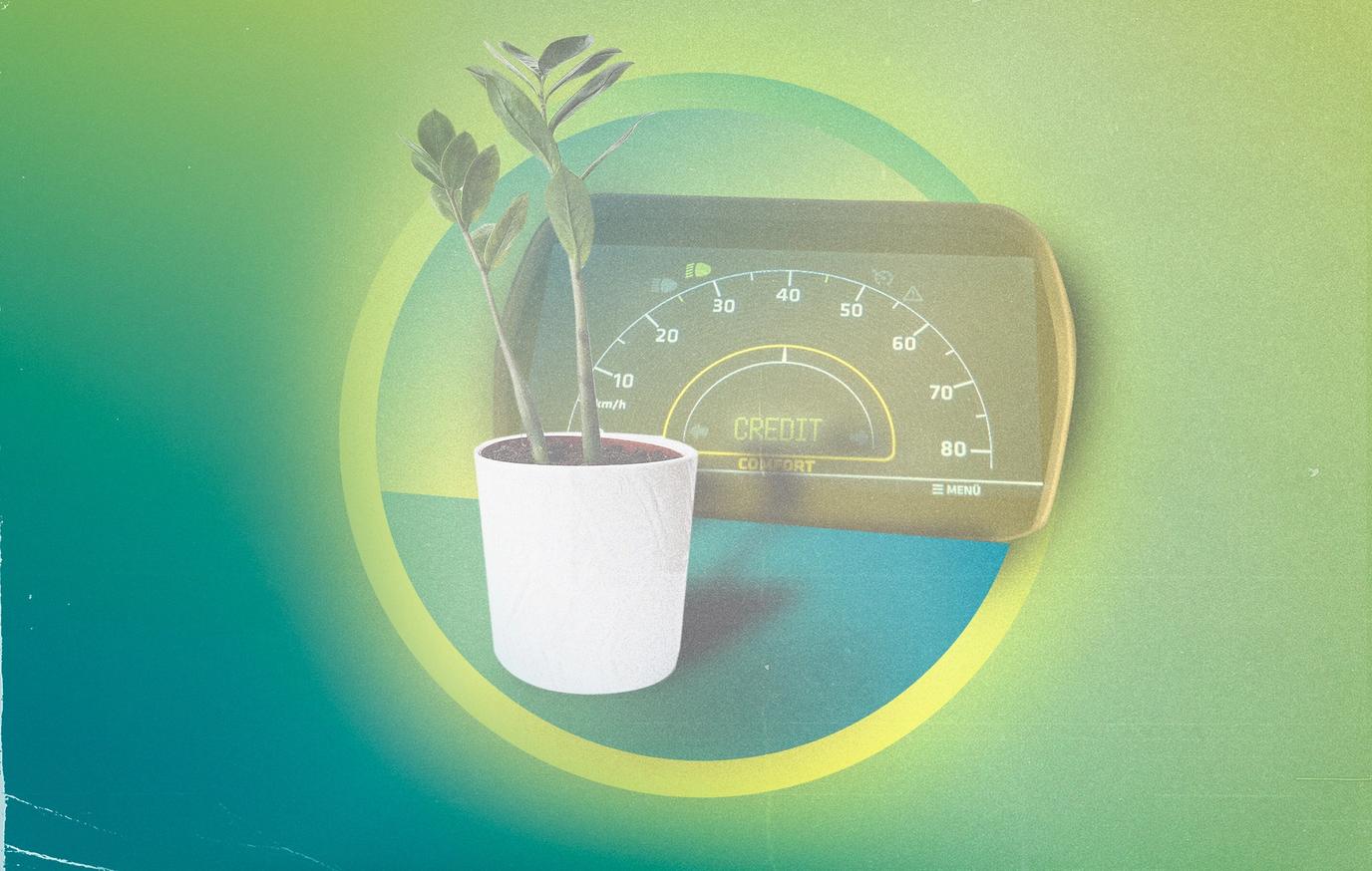
A good credit score matters when you want a credit card, mortgage, or car loan.
Lenders check your credit score to decide if they'll lend to you and what interest rate you'll pay.
Improving your credit score isn't complicated, but it takes some work and doesn't happen overnight.
Since your credit score can either open doors or close them financially, it's worth putting in the effort to improve it. Here's what you need to know.
Monitoring your payment history
Your payment history affects your credit score more than anything else.
To improve it:
pay on time, every time
make at least the minimum payment if you can't pay in full
call your lender right away if you'll have trouble paying
don't skip payments even when disputing a bill
Get electronic alerts from your bank
Your bank can send alerts when your available credit drops below an amount you choose.
These reminders help you keep track of payments and avoid maxing out your cards.
Using credit wisely
Stay under your credit limit. If your card limit is $5,000, don't go over it. Exceeding your limit can hurt your score.
Try to use less than 30% of your available credit. Having a higher limit and using less of it looks better to lenders.
For example, if you have a $5,000 limit and typically charge $1,000, that's a 20% usage rate—which is good.
Even if you pay in full each month, high usage signals risk to lenders.
Improving your credit history
Older credit accounts help your score. New accounts can temporarily lower it.
When you move a balance to a new card (like for a low introductory rate), credit bureaus see this as new credit.
Consider keeping old accounts open even if you rarely use them. Just make small purchases occasionally to keep them active. Check that there's no fee for keeping unused accounts open.
Build Your Credit History.
Limiting your credit applications
Credit checks count in your score calculation. Too many can make lenders think you're:
desperately seeking credit
trying to spend beyond your means
To manage credit checks:
apply only when you truly need credit
do all your rate shopping within 2 weeks when looking for a car loan or mortgage (these get counted as one inquiry)
"Hard Pulls" versus "Soft Pulls"
"Hard pulls" show on your credit report and affect your score. Anyone checking your report can see them.
Examples include:
credit card applications
some rental applications
some job applications
"Soft pulls" only you can see and don't affect your score.
Examples include:
checking your own credit report
companies updating records for accounts you already have
Diversifying your credit
Having only one type of credit (like just credit cards) might lower your score.
A mix of different credit types often improves your score:
credit card
car loan
Just make sure you can handle all your debt. Taking on too much can hurt your score, even with a good mix.
How to build or establish credit
If you have a "thin" credit file—meaning few accounts or a short history—your credit score might be low or not even exist. In this case, you need to build your history before you can improve your score.
Here are some ways to get started:
KOHO Credit Building
Start building credit history with ease by opening a KOHO line of credit separate from your balance. We'll set aside an amount from your line of credit each month, reporting it as an on-time payment to Equifax. It's simple, safe, and secure.
Secured credit cards
These cards help you build credit from scratch. You put down a deposit (usually equal to your credit limit), then use the card like normal. Your payments show up on your credit report, helping establish your history.
Student credit cards
If you're in school, a student card might work for you. You'll need proof of enrollment, but these cards are specifically designed to help students build credit.
Become an authorized user
Ask a family member to add you to their existing credit card. You'll get your own card, and their payment history helps build your credit—but the account stays in their name.
Get a co-signer
A co-signer agrees to cover your debt if you don't pay. This can help you qualify for loans you wouldn't get on your own, letting you build credit while getting better terms. Just remember, any missed payments affect both of you.
Build Credit With KOHO.
Report your rent and utilities
Ask your landlord and utility companies to report your payments to credit bureaus. These don't typically appear on credit reports, but if you have a history of paying on time, getting them included can help build your score.
Pay your rent through KOHO and we’ll report rent payment to the credit bureau, Equifax. Watch your credit history grow!
Pay my Rent With KOHO.

About the author
Gaby Pilson is a writer, educator, travel guide, and lover of all things personal finance. She’s passionate about helping people feel empowered to take control of their financial lives by making investing, budgeting, and money-saving resources accessible to everyone.
Read more about this author